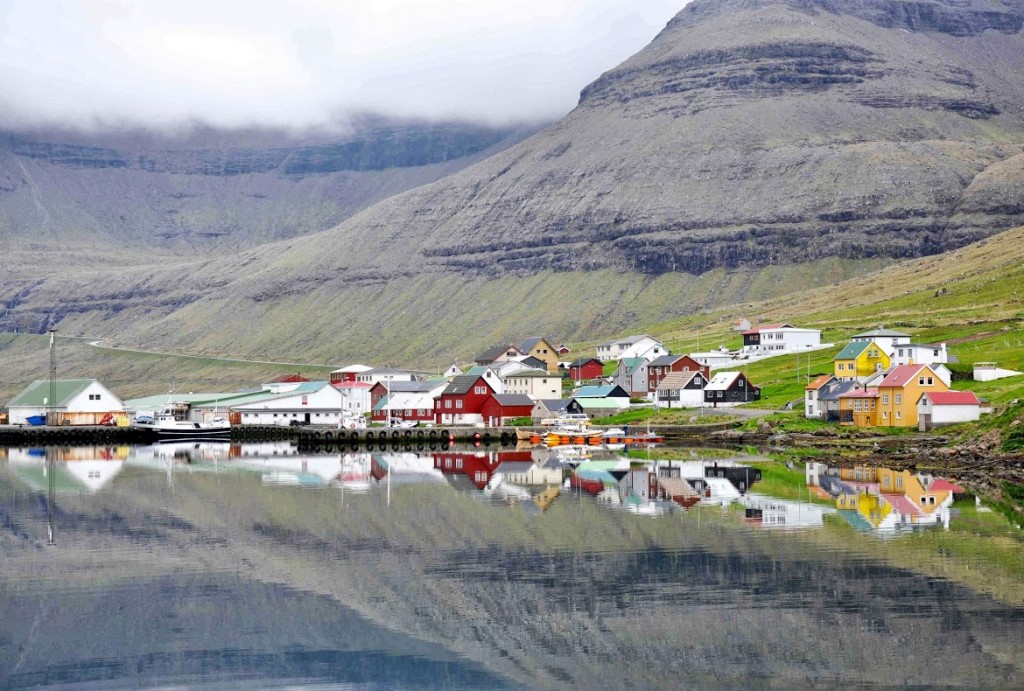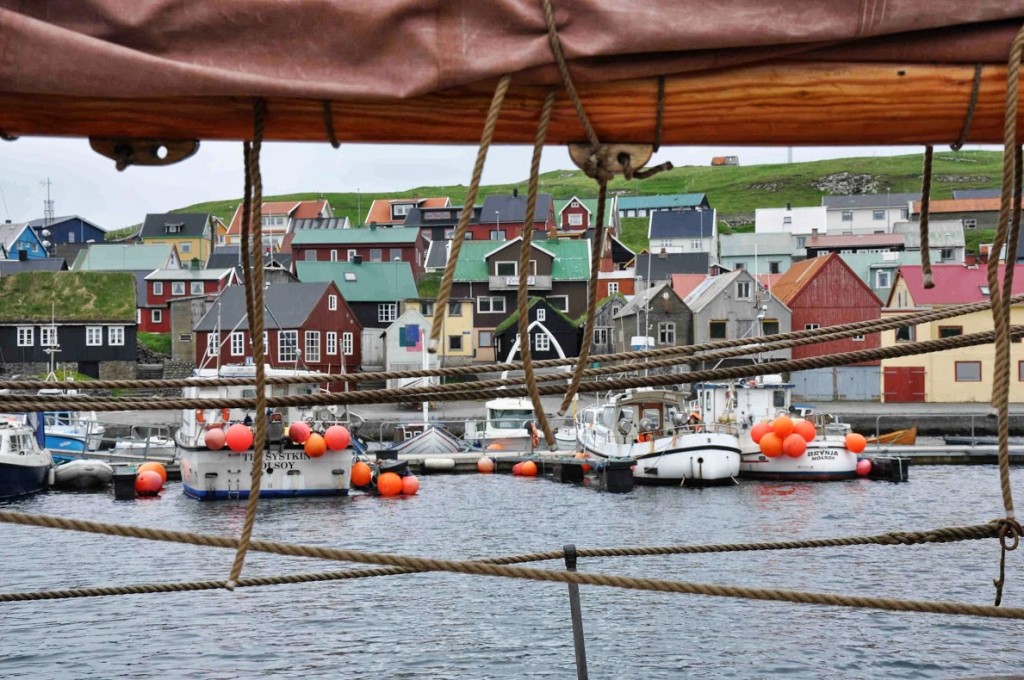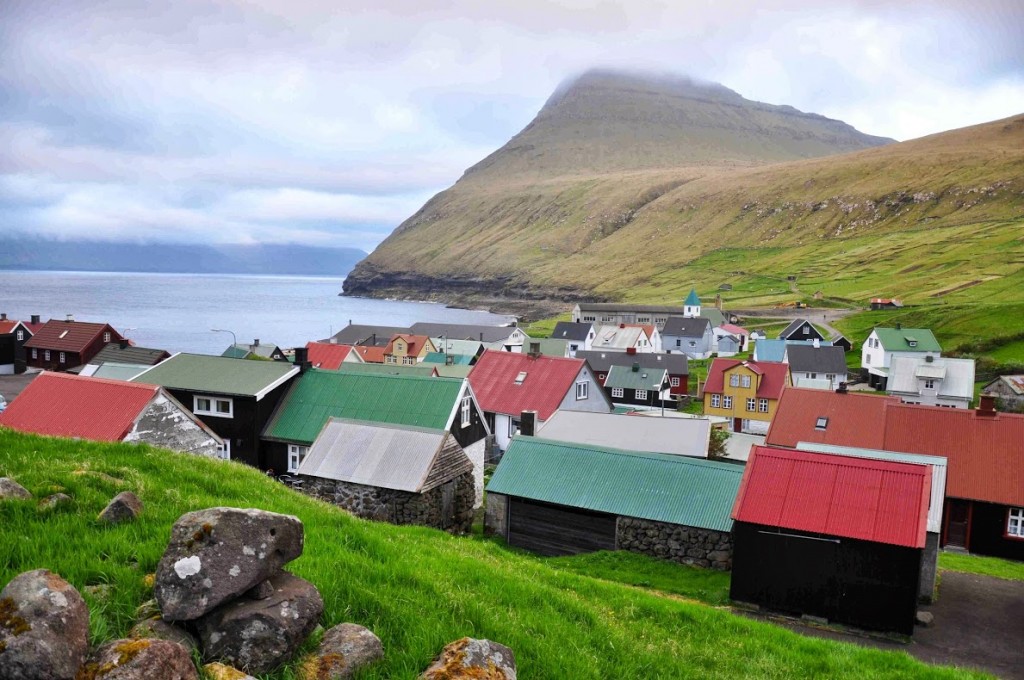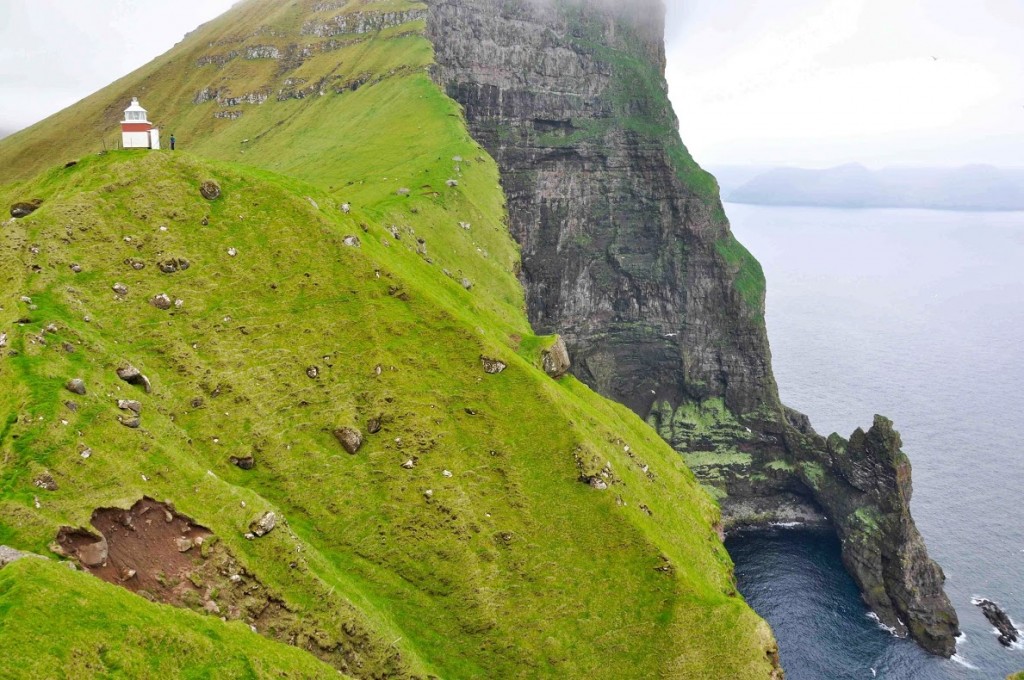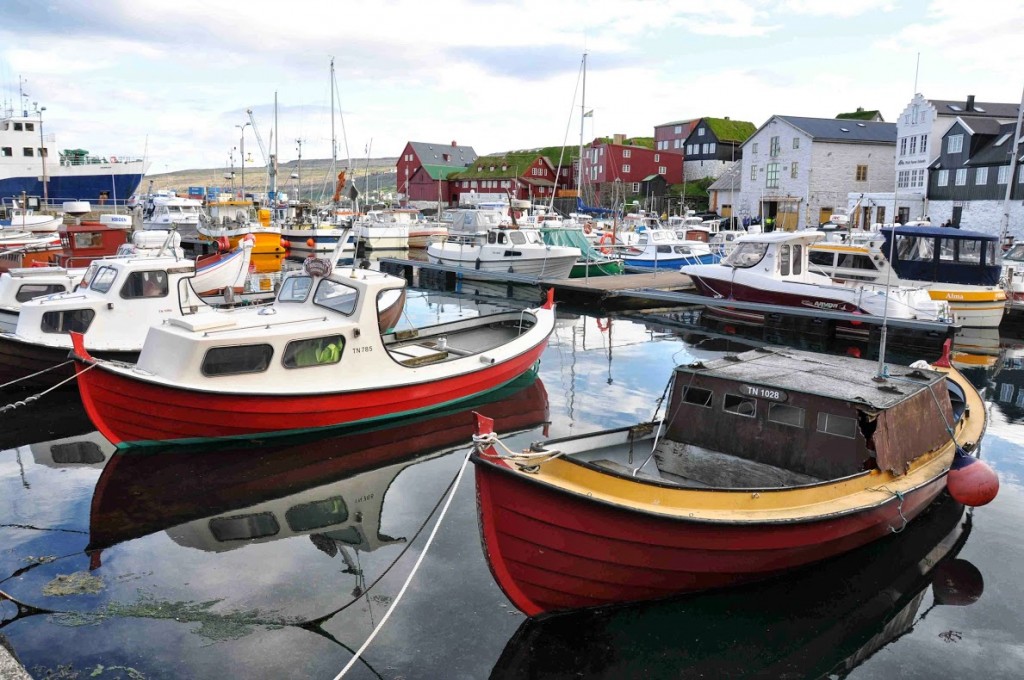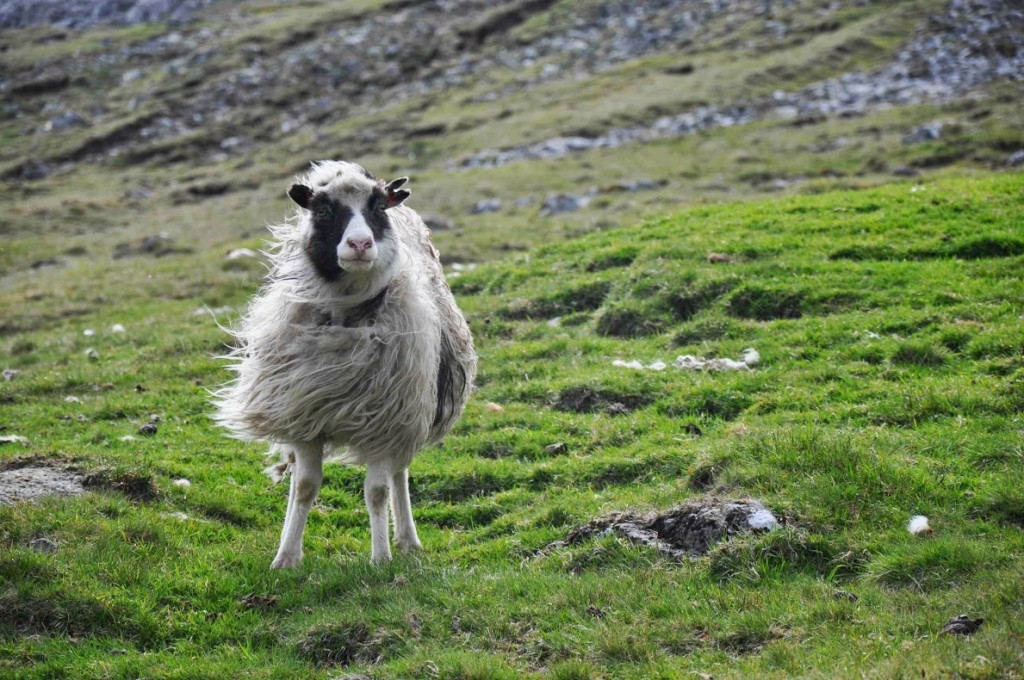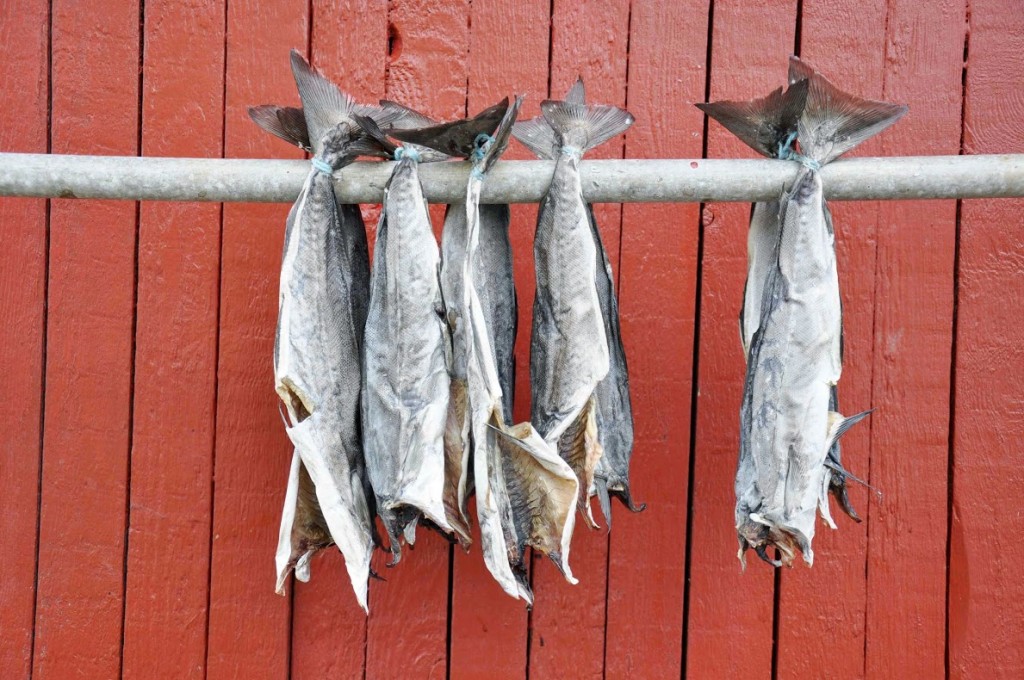Located at the very edge of Europe, half-way between Iceland and Scotland in the Atlantic Ocean, the Faroe Islands are the ultimate off the beaten track destination, attracting nature lovers from around the world. They were voted best islands in the world by a panel of travel experts at National Geographic in 2007, and it is easy to see why.
The Faroe Islands have been a self-governing country within the Danish Realm since 1948. Over the years, the Faroese have taken control of most domestic matters. Areas that remain the responsibility of Denmark include military defence, police, justice, currency and foreign affairs. The Faroe Islands also have representatives in the Nordic Council as members of the Danish delegation.
The small, wind prone archipelago, although under the Kingdom of Denmark, has preserved its own traditions and way of life, as well as offering wild, unique scenery. Atlantic Airways, the only airline flying to the islands, has just opened several new summer routes, including London Gatwick, Barcelona and Milan, making the Faroe Islands more accessible than ever.
When To Go:
Summer is the best time to visit the islands. July and August offer the mildest temperatures and the best chances of sunshine, although you should be prepared for rain and fog too.
Getting There and Around
There are daily direct flights from Copenhagen in Denmark to Vágar Airport year round (the Faroe Islands are under the sovereignty of the Kingdom of Denmark). From early June to mid-September, there are also two departures weekly from London Gatwick in the UK. The flight takes just over two hours and there are direct summer routes from Reykjavik (Iceland), Barcelona (Spain) and Milan (Italy).
Another alternative is to travel by ferry from Hirtshals in Denmark to Torshavn (two departures weekly in summer, on Tues and Sat, trip duration around 15 hours). There is free bus transport within Tórshavn municipality. Elsewhere buses are cheap and serve most destinations, although hiring a car is the best way to travel around the islands.
What to See & Do
The islands’ stunning scenery is the main attraction for most visitors, and is best enjoyed on foot. Popular hikes include the path to Kirkjubøur, the ancient spiritual heart of the islands, and home to the ruins of St Magnus’s Cathedral, just outside Tórshavn. And the hike to the lighthouse at Kallur on Kalsøy, which offers striking vistas over the nearby cliffs and the wild ocean behind. Note however that not all hikes are clearly marked (although several are), so if you are planning on doing a lot of hiking ask for local advice – or hire a guide.
The Faroe Islands are home to some 300 bird species, including the much loved puffins, but also gannets, guillemots, kittiwakes and fulmars, so bird-watching is big here. The best place in the archipelago to go see sea birds are the cliffs at Vestmanna. Sightseeing cruises depart daily from the village in summer and last about two hours.
Get close to birding cliffs sailing in your own schooner, a great option when the sea’s calm and the sky clear. The Norðlýsið in Tórshavn can be chartered by small groups and organizes tours to the nearby island of Nólsoy. A seafood lunch on board can also be arranged.
Interested in history? Check out the Saga Museum in Vestmanna, where 17 wax figures recount the bloody history of the islands in realistic tableaux. Or, you can call at Miðvágur to visit a museum celebrating the “friendly occupation” of the Faroe Islands by the British in World War II.
Where to Stay
The most noted hotel in the islands is the four-star Hotel Føroyar, just outside Tórshavn, which enjoys stunning views of the compact capital and nearby islands. Opened in 1983, the recently renovated turf-roofed hotel boasts all mod cons and a top-rated restaurant, Koks.
Where and What to Eat
For traditional Faroese fare, head for Áarstova in Tórshavn, the place to sample panfried langoustines, followed by braised Faroese lamb, two traditional dishes. For a modern alternative, try Etika, a Japanese Faroese fusion eatery popular with a younger crowd. Some might also be tempted to try whale meat while in the islands – it is a staple of the local diet, and comes fresh or cured. Blubber, often served as a snack, is commonly eaten by locals, but it’s definitely an acquired taste.
What’s On
Ólavsøka is the Faroe Islands’ national day, celebrated on July 29. While there are many festivities throughout the day, the main event is the boat race (Kappróður), where the town’s people gathers to cheer men rowing open traditional Faroese boats. The G! Festival in July brings leading international and local musicians together for a musical extravaganza with the picturesque seaside village of Göta as a background.
All Photo Credits: © Marie Peyre.

